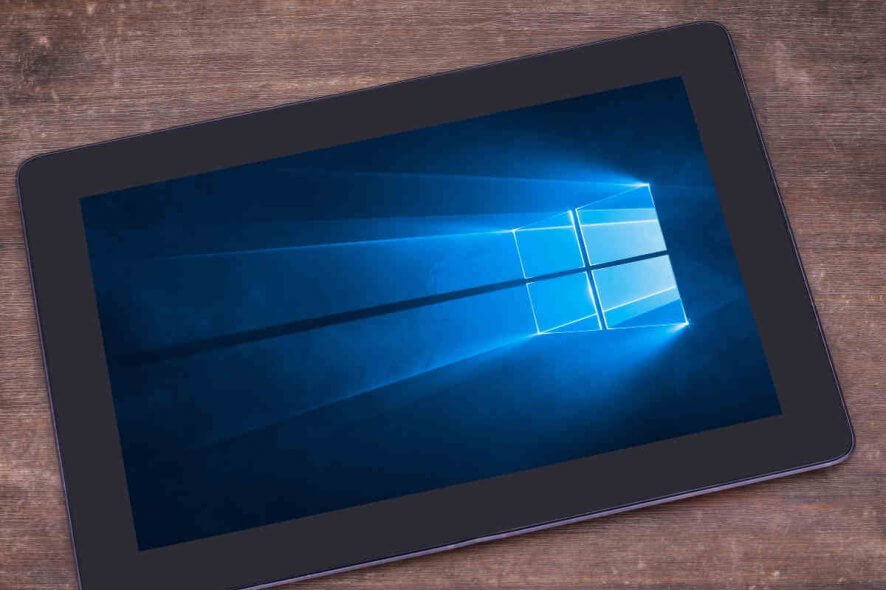New UEFI scanner a shot in the arm for Windows Security
2 min. read
Updated on
Read our disclosure page to find out how can you help Windows Report sustain the editorial team. Read more
Key notes
- Microsoft has launched the Unified Extensible Firmware Interface (UEFI), adding a much-needed boost to Windows Security.
- The UEFI tool scans firmware files for low-level malicious code or scripts.
- Our Windows 10 hub is replete with news and troubleshooting guides for the OS. You can check it out anytime!
- To discover the latest bug fixes for Windows, don't hesitate to visit the Update & Security page.

Microsoft has launched the Unified Extensible Firmware Interface (UEFI), adding a much-needed boost to Windows Security. That’s to be expected of Microsoft.
In recent times, the Redmond giant has shared a lot regarding how it feels about firmware and hardware-backed PC security. It, therefore, proposes baked-in anti-malware solutions that prevent hackers from turning system drivers and the kernel into their playground.
You may also have heard about secured-core PCs. Enter the new UEFI scanner, and you can see that Microsoft means business when it comes to reinforcing firmware security.
UEFI scanner a boost to Microsoft Defender ATP
Microsoft Defender Advanced Threat Protection helps to detect, prevent, and resolve PC security threats. But it lacks in the inherent capacity to scan and stop attacks that leverage system drivers or firmware. That changes with the incorporation of the UEFI scanner into the Windows 10 antivirus tool.
What this means is that Microsoft Defender ATP can now scan firmware files for any imminent threats. As such, it can detect malicious code executed to tamper with the functionality of any system firmware.
The UEFI scanner is a new component of the built-in antivirus solution on Windows 10 and gives Microsoft Defender ATP the unique ability to scan inside of the firmware file system and perform security assessment. It integrates insights from our partner chipset manufacturers and further expands the comprehensive endpoint protection provided by Microsoft Defender ATP.
The new UEFI scanner for Windows 10 PCs is an idea whose time has come. It’s launching at a time when hackers are increasingly taking advantage of firmware and driver vulnerabilities to strike IT systems.
In the vast majority of firmware exploits, bad actors spy on system files, steal data, or even remotely take control of hardware. It’s such a shame that these threats are too low-level for most third-party antivirus solutions to detect and neutralize.
Do you think Microsoft Defender ATP is any better with the new UEFI scanner? Feel free to share your opinion via the comments section below.
[wl_navigator]









User forum
0 messages